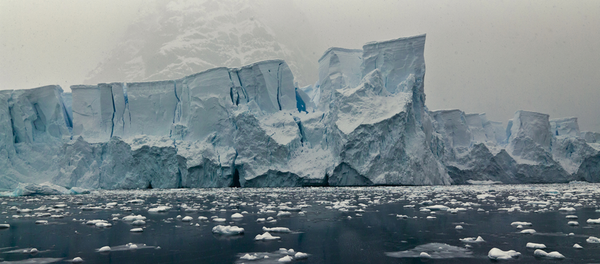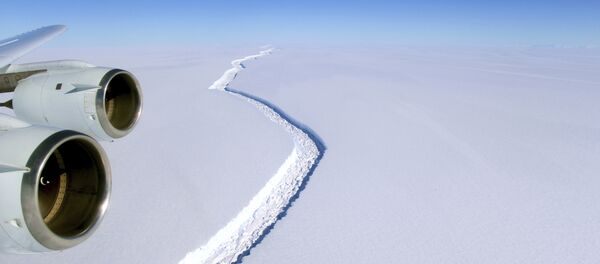Esperanza Base's record was confirmed by the World Meteorological Organization (WMO), By analyzing decades of temperature records to help set benchmarks for temperature fluctuations, WHO is attempting to better understand which are caused by global warming and which are natural variations.
When the record was first recorded in 2015, Weather Underground reported that the Esperanza record was "made possible by an unusually extreme jet stream contortion that brought a strong ridge of high pressure over the Antarctic Peninsula, allowing warm air from South America to push southwards over Antarctica."
"Verification of maximum and minimum temperatures help us to build up a picture of the weather and climate in one of Earth's final frontiers," said Professor Michael Sparrow, an oceanographer with the World Climate Research Programme.
Esperanza Base's record is the hottest temperature yet recorded on the Antarctic mainland. The base is located on the northern tip of the Antarctic Peninsula. The Antarctic region (all land below the 60°S latitude) high-temperature record was set on Signy Island, about 360 miles north of Esperanza Base. Signy Island, which hosts a small British research station, recorded a high of 57.6°F (19.8°C) in January 1982.
By contrast, the lowest temperature recorded on Earth is a slightly chilly —128.6°F (-89.2°C) at the Soviet Vostok station in Central Antarctica, in 1983.
The WMO is interested in these temperature extremes, and analyzes data from hundreds of weather stations to better understand the Antarctic climate. "The temperatures we announced today are the absolute limit to what we have measured in Antarctica," said geographical science professor Randy Cerveny, with Arizona State University, to phys.org.
"Comparing them to other places around the world and seeing how other places have changed in relation to Antarctica gives us a much better understanding of how climate interacts, and how changes in one part of the world can impact other places."
Their interest is more than just scientific curiosity, according to Cerveny. "The polar regions of our planet have been termed the 'canary' in our global environment. Because of their sensitivity to climate changes, sometimes the first influences of changes in our global environment can be seen in the north and south polar regions."
"Knowledge of the weather extremes in these locations therefore becomes particularly important to the entire world. The more we know of this critically important area to our environment, the more we can understand how all of our global environments are interlinked."



